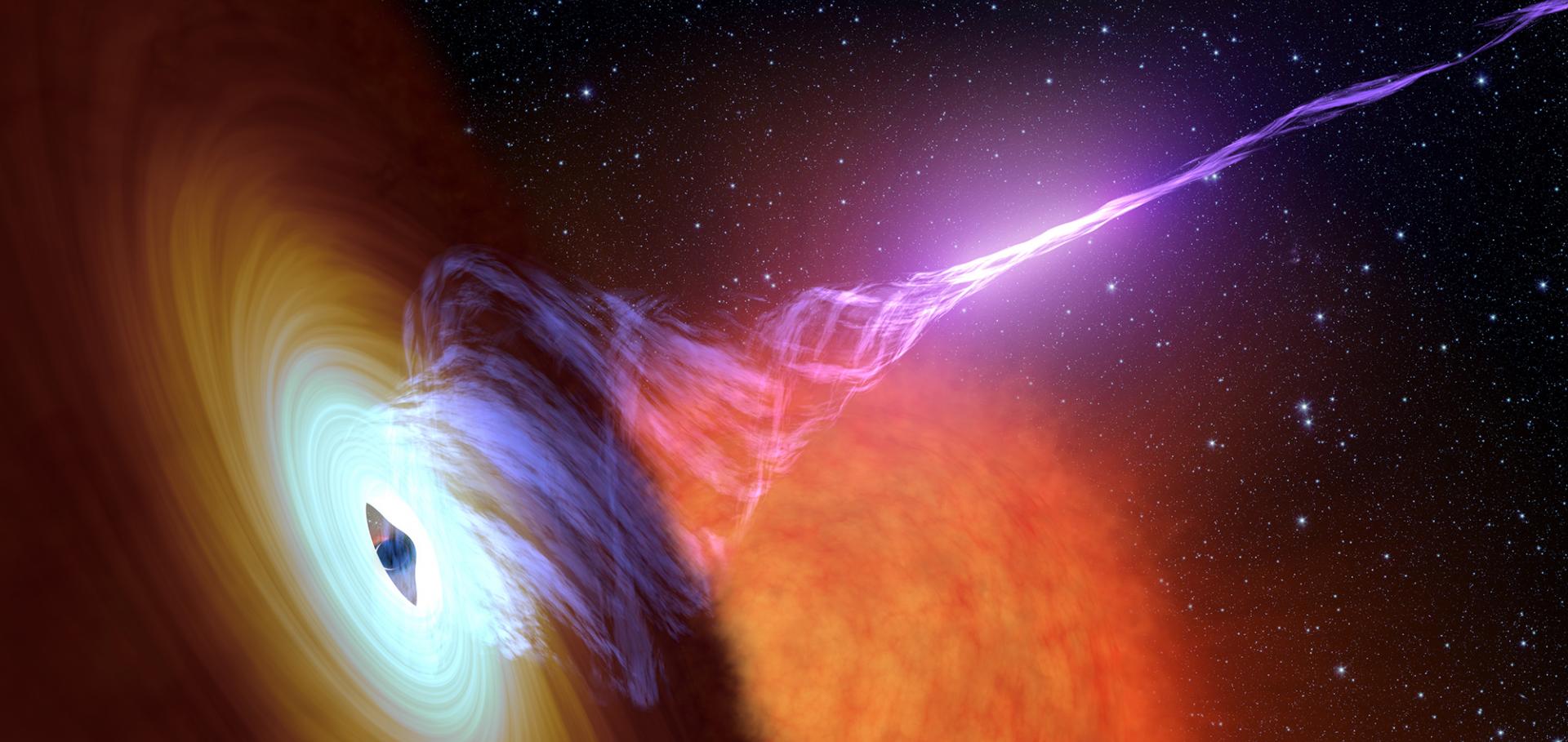Limits on the quiescent radio emission from the black hole binaries GRO J1655-40 and XTE J1550-564
(2010)
Evolution of the radio - X-ray coupling throughout an entire outburst of Aquila X-1
(2010)
Fast infrared variability from a relativistic jet in GX 339-4
\mnras 404 (2010) L21-L25-L21-L25
Investigating the disc-jet coupling in accreting compact objects using the black hole candidate Swift J1753.5-0127
(2010)
No evidence for black hole spin powering of jets in X-ray binaries
(2010)


